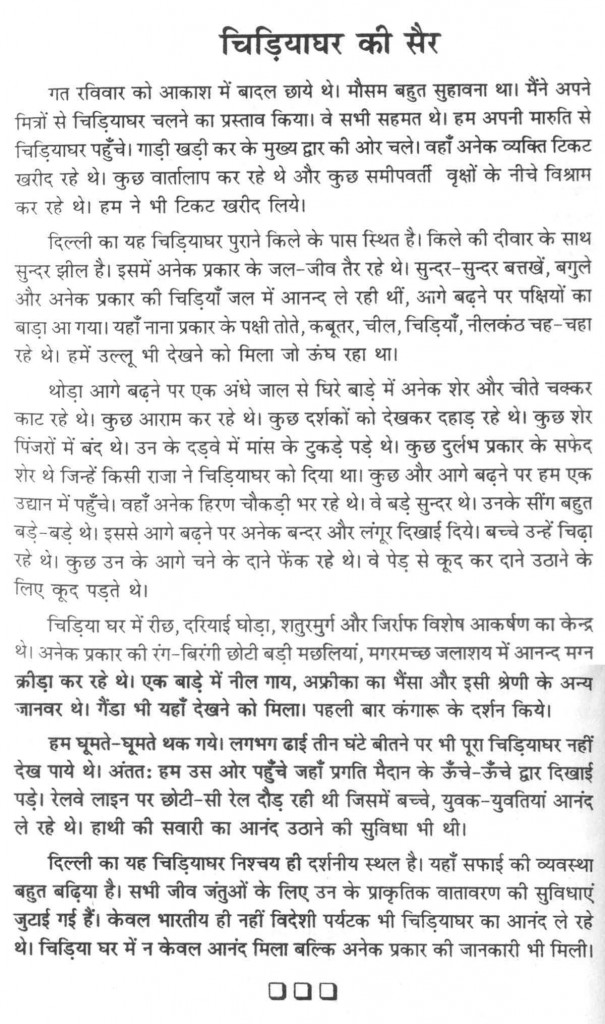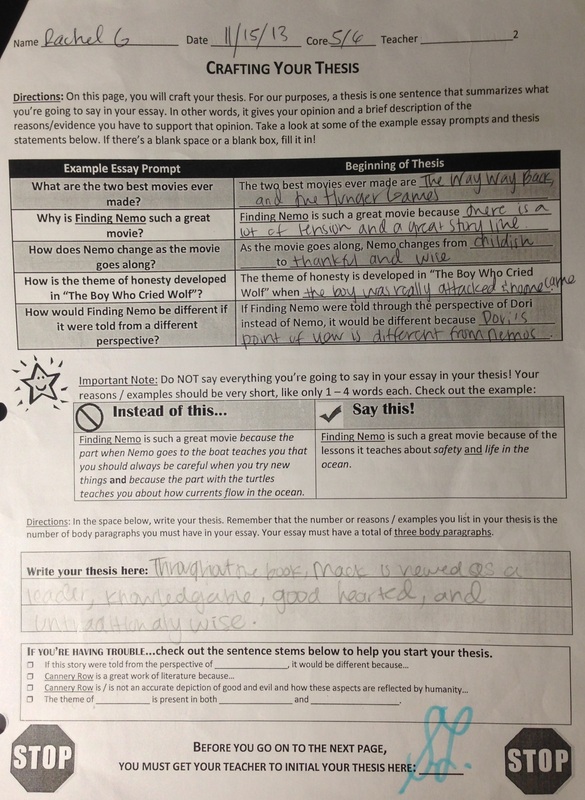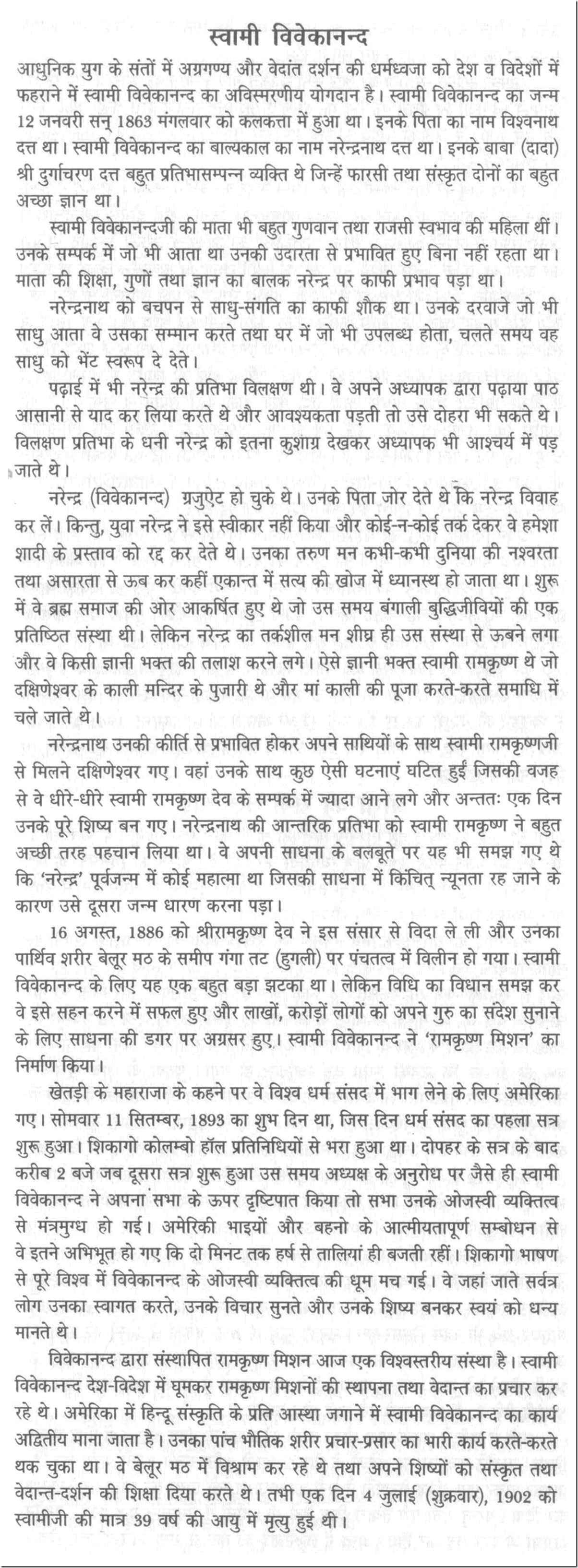Reflection and Analysis of Chaconne from Partita in D.
Bach -Busoni Chaconne. A Piano Transcription Analysis Marina Fabrikant, D. M .A University of Nebraska, 2006 Adviser: Dr. Mark K. Clinton Abstract In 1893 Ferruccio Busoni transcribed, for the piano, the famous Bach Chaconne for violin solo from the Partita No.2 in D minor. Numerous transcriptions of this piece for.These two versions of a harmonic analysis of the Bach Chaconne from the Partita in D minor show the Chaconne analyzed with Roman numerals (Example 4.1) and Functional Analysis (Example 4.2). This comparison allows us to see the functions changing from the stable basis of the chaconne pattern.Chaconne, Italian Ciaccona, solo instrumental piece that forms the fifth and final movement of the Partita No. 2 in D Minor, BWV 1004, by Johann Sebastian Bach. Written for solo violin, the Chaconne is one of the longest and most challenging entirely solo pieces ever composed for that instrument.
The Partita in D minor for solo violin ( BWV 1004) by Johann Sebastian Bach was written between 1717 and 1720. It is a part of his compositional cycle called Sonatas and Partitas for Solo Violin. 3 Transcriptions of the Ciaccona. 3.1 Piano transcriptions. 3.2 Organ transcriptions. 3.3 Cello transcriptions. 3.4 Guitar transcriptions.The Chaconne from the Partita no. 2 in d minor is an example of continuous variation form that is built off of the first four measure progression in the piece. A Chaconne is a form which consists of Theme and Variations in which a short subject is repeated and varied throughout the piece. Bach held true to the form of the Chaconne when we wrote.

Violin Partita No. 2 in D minor BWV 1004 performed by Shunske Sato Lichtfabriek, Haarlem. Menu 1. Allemande 2. Courante 3. Sarabande 4. Gigue 5. Chaconne Go back Behind the music. Story Story Extra videos Extra videos Credits Credits Heavenly light. Four dances lead up inevitably to the great Ciaconna. Shrouded in wistfulness, all the movements of this partita are in a minor key. Bach’s.












